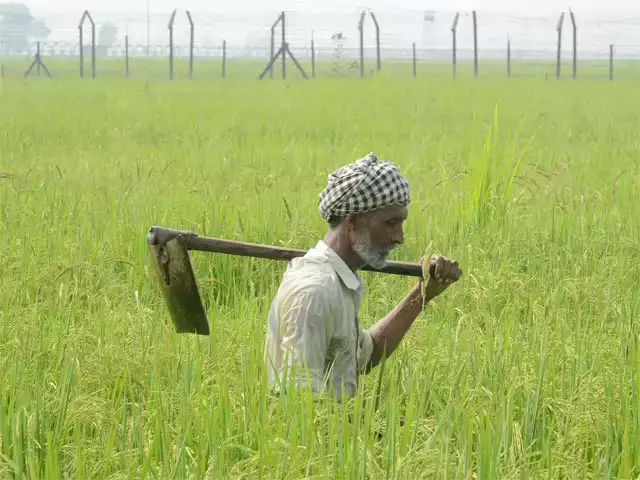ABSTRACT
With nearly 55% of the population dependent on agriculture, it is without a doubt that India is highly dependent on agriculture. This dependency creates the demand for agricultural credit and insurance. Agricultural credit is the financial assistance that is provided to farmers in terms of short/long-term loans. On the other hand, agricultural insurance is a safety measure that is taken up by farmers to safeguard their income and to compensate for their losses. Agricultural credit and insurance go hand in hand as discussed further in the paper.
The government has focused significantly on this sector. In the 2024-25 interim budget, nearly 20 lakh crore has been allocated to agricultural credit. At the same time, the paper discusses how the government continues to implement the Kisan Credit Card (KCC) scheme and Interest Subvention scheme successfully. The incumbent government also took up the highly aspirational Pradhan Mantri Fasal Bima Yojana (PMFBY) during their tenure. In the recent interim budget, PMFBY received allocation and it was stated that nearly four crore farmers are currently enrolled in the scheme.
Although there have been various positive steps taken by the government there remain various loopholes that stop farmers from availing the proper benefit of these schemes. The problems range from bias in private credit, lack of infrastructure, financial illiteracy, improper credit reach, inefficient adoption of government policies, research gap, etc. These have been analyzed in the paper. At the same time, regional-wise discrepancies when it comes to credit and insurance have also been highlighted. The paper mainly focuses on addressing these problems with proper market research, ease of availing loans, accountability by the government for proper implementation, and standardization of how government policies are implemented in the various states. At the same time, the credit and insurance policies taken up by a few agriculturally developed nations have been assessed to strengthen our solution.
Click Here To Download The Paper


📌Analysis of Bills and Acts
📌 Summary of Reports from Government Agencies
📌 Analysis of Election Manifestos

